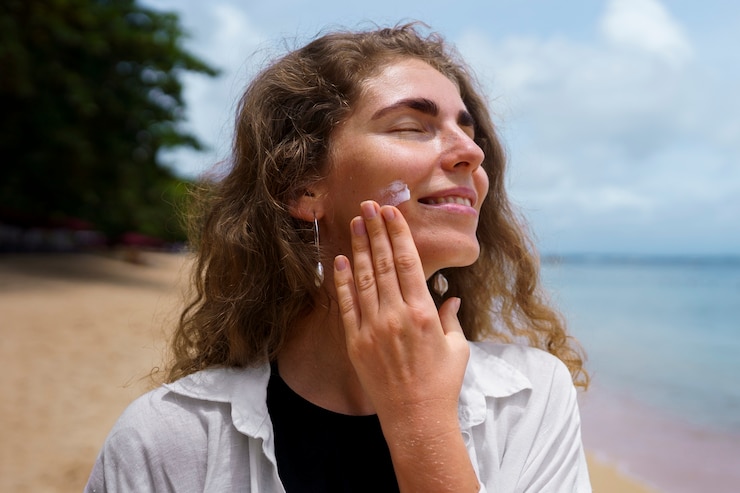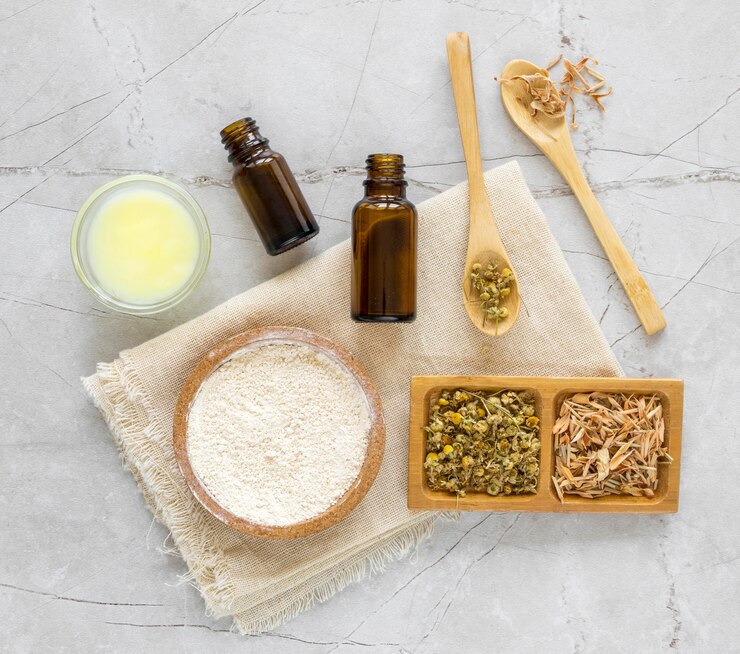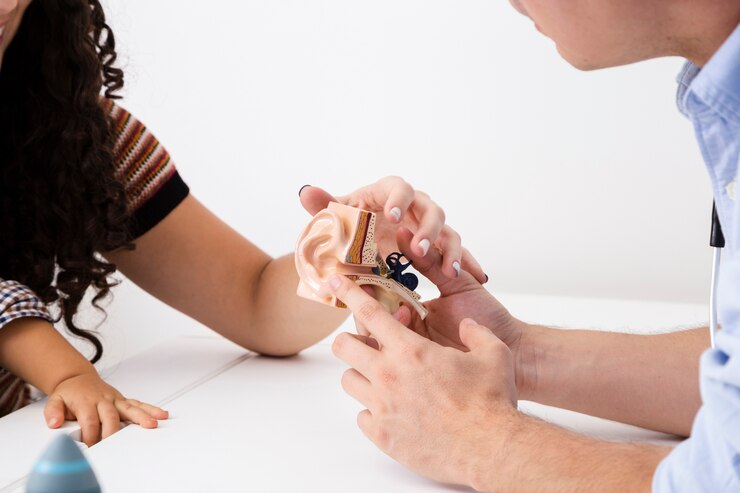
I recently shared an Instagram reel about how not all “natural” and “mineral-based” sunscreens are as clean as they seem, and it sparked a lot of questions about which sunscreens I recommend for clearer choices. So, I decided today’s post would be perfect for exploring this topic and sharing some great sunscreen options.
Before diving into my recommendations, it’s important to understand some key facts about sun protection.
Understanding UVA and UVB Rays:
UVA Rays: These long-wave rays penetrate deeply into the skin, present year-round, even through clouds and glass. Remarkably, clouds only block about 10-20% of UV rays. UVA rays mainly contribute to skin aging, like wrinkles and age spots.
UVB Rays: Short-wave rays that affect the skin surface, more intense during summer and at high altitudes. They primarily cause sunburns and contribute significantly to skin cancer, though UVA rays also play a role.
Sun Protection Factor (SPF):
SPF indicates how effectively a sunscreen can protect your skin against UVB rays. For example, SPF 30 means it would take your skin 30 times longer to burn compared to having no protection. While SPF 50 offers slightly better coverage than SPF 15, keep in mind that no sunscreen can block 100% of UVB rays.
Embracing sunlight doesn’t mean fear it! Keep reading to see why.
What is a Chemical Sunscreen?
Chemical sunscreens contain compounds that absorb UV radiation, requiring about 15 minutes to activate on your skin. These compounds convert harmful UV rays into heat, which is then released from your skin, preventing deeper penetration and damage. Some common ingredients in chemical sunscreens are controversial, posing potential health risks. I generally don’t recommend them, particularly for children whose smaller size makes them more vulnerable to harmful substances.
Mineral-based sunscreens are preferred, but always scrutinize the labels.
What is a Mineral Sunscreen?
Often called “natural” sunscreen, mineral-based sunscreens physically block the sun’s rays using ingredients like zinc oxide and titanium dioxide. These minerals sit on your skin’s surface, reflecting and scattering UVA and UVB rays. Cream-based options are best, avoiding inhaling these mineral particles.
Nano versus non-nano zinc or titanium involves the size of these molecules, with nano-sized particles raising concerns about their ability to enter cells. Many brands emphasize using only non-nano-sized zinc or titanium, but true absorption hasn’t been conclusively proven, only entering the body through injections.
Advantages of Mineral Sunscreen:
Many “natural” mineral-based sunscreens lack chemical sunblock ingredients like oxybenzone but may include others like silicones, fragrance, and hormone disruptors like phthalates. I select products based on ratings from Think Dirty, EWG, and Yuka, alongside my ingredient assessment.
Keep in mind everyone’s skin is different—what works for one might not suit another. Sampling a product in person is a smart approach before buying.
Best Mineral Sunscreen for Face:
There are tinted options for evening skin tone, with ingredients like hyaluronic acid and aloe to hydrate. Although I haven’t tried some myself, their clean and award-winning nature with stellar user reviews catch my interest. Derma E products offer affordability and low toxicity ratings, being unscented with positive reviews. For a tint, you might mix in some foundation.
While some products have higher EWG ratings due to ingredients like aluminum hydroxide and butyloctyl salicylate, research indicates safety, with large molecules unlikely to penetrate skin. Personal preference varies, considering coverage density and thickness.
Additional Clean Sunscreens:
Feel free to explore my past reviews on clean makeup and skincare.
Best Mineral Sunscreen for Body:
Green Beaver Mineral Sunscreen is my go-to for family use—it’s super clean, fragrance-free, and absorbs well. Matter Company’s Unscented Natural Sun Care Creme, though thick, absorbs nicely and feels moisturizing. Think Baby works for adults, too.
Sun Protection Tips:
Don’t fear the sun—it’s vital for our health, helping produce vitamin D, crucial for bones and the immune system. Here are tips for safe sun enjoyment:
A healthy relationship with the sun is key—it fosters vitamin D production vital for bone health and immunity. Everyone has unique sun sensitivity, so understanding yours ensures sun safety.
Some, like me, need protection to avoid sunburn. Seek shade and wear hats for extended sun exposure.
If I’ve missed a problematic ingredient or a formula update makes a product less clean, leave a comment. Share your favorite clean beauty brands, too!
I hope this information is beneficial.
Joy
Thanks for the insights, Joy! How do you view Sun Bum’s mineral sunscreen range?
Coola has a range of face sunscreens; any recommendations?
Joy, recommending specific Sun Bum products depends on the formula. Many have fragrance and, initially, chemical sunscreens, but some mineral options are available. Check specific items on the EWG’s Skin Deep database. Look for fragrance-free options.
My pleasure—happy to help!
Thanks for sharing your experiences. I’ll check out Simply Zinc Ultra Tinted SPF 50 by Cyberderm.
Coola’s White Tea SPF 50 garners interest, but remember, high SPF doesn’t guarantee better protection.
Adding foundation to sunscreen—does it impact sun protection?
Yes, it can reduce effectiveness. Use a higher SPF, at least 30, and reapply as needed.
Glad I could answer your sun care questions, Tina!
Awesome feedback, happy to hear Green Beaver works well for you!
Thanks for the update on Ava Isa face sunscreen. Loved seeing its good EWG rating.
Hi Joy,
Thanks for the list. Solara doesn’t ship internationally as far as I know.
Anne
Hi Anne, it’s available online at The Detox Market and Coco Market Toronto.


